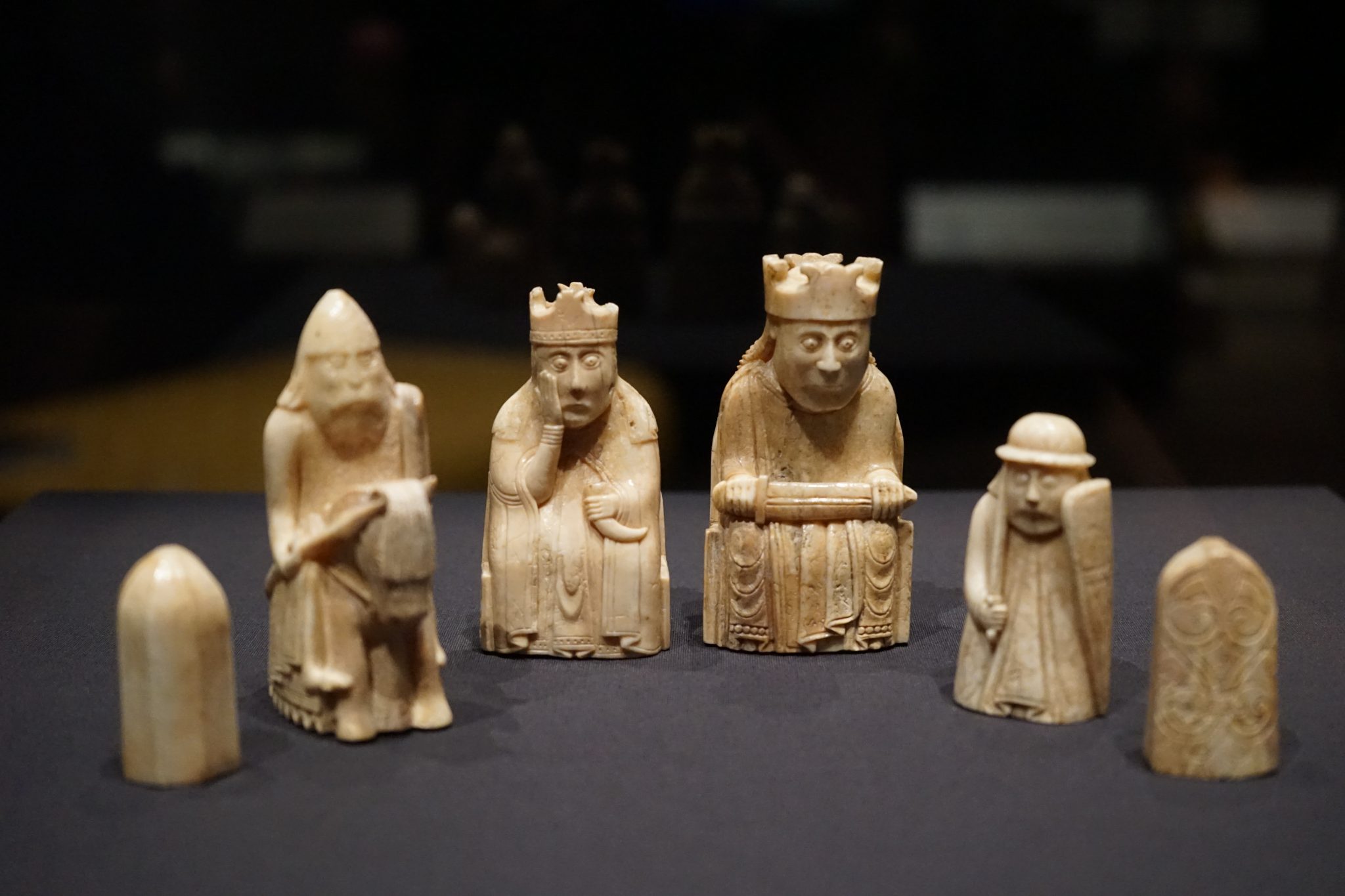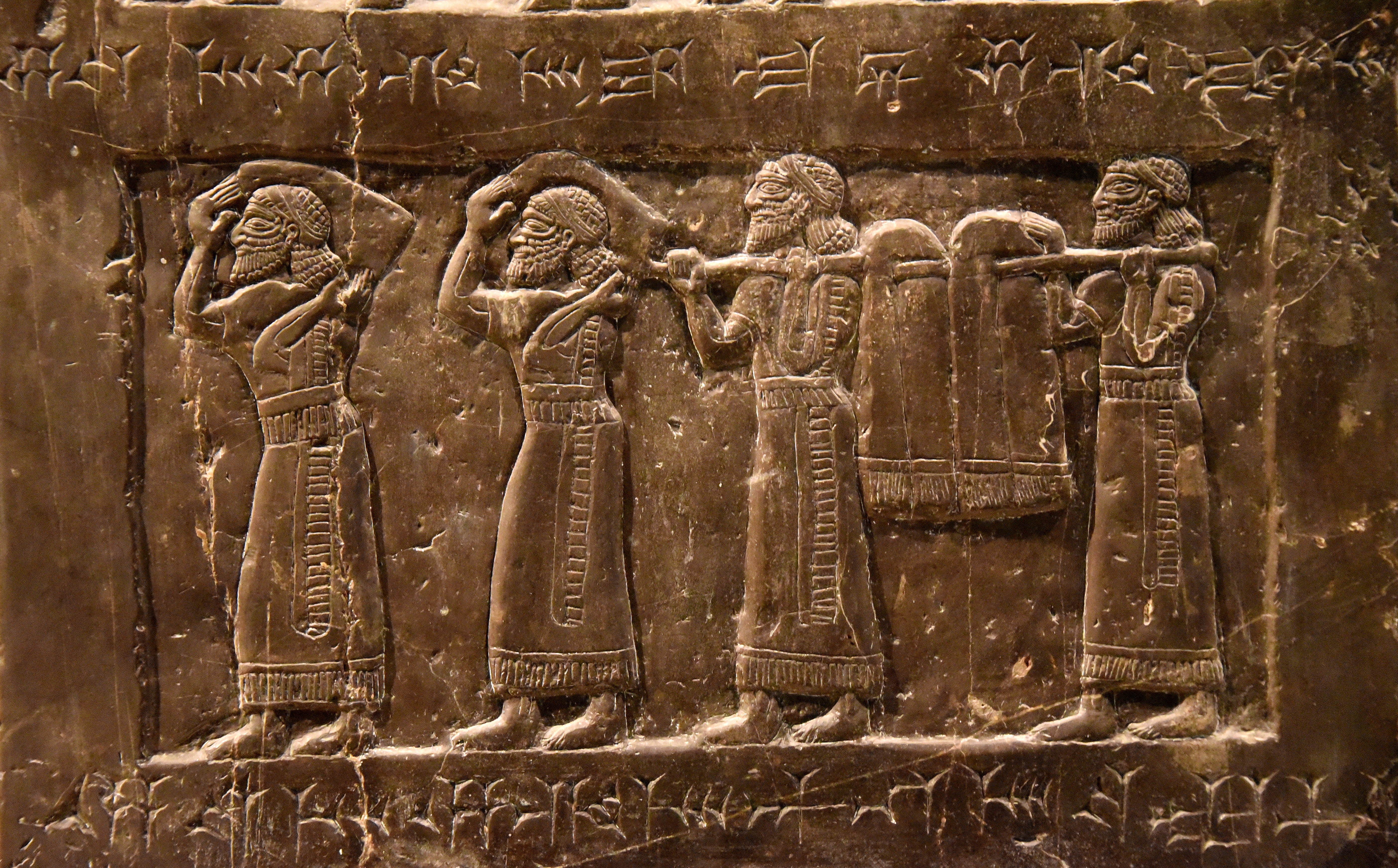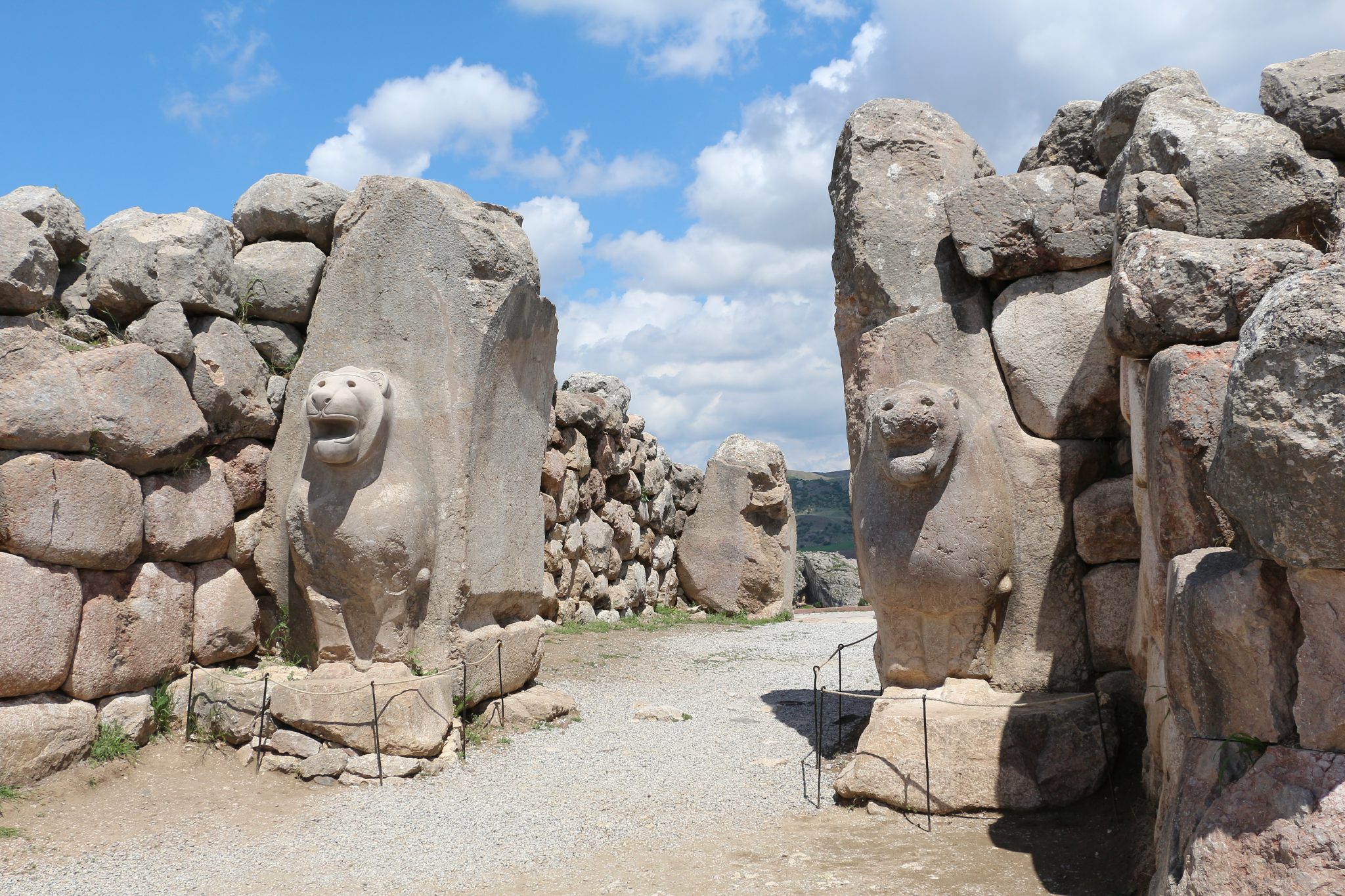This post is part of a series of image posts Ancient History et cetera will be putting together each month. Today’s post concerns ancient warriors! Ancient warfare was vastly different from how it is conducted today; the vanquished could be certain that slavery or execution awaited them. Initially, ancient armies were made up of infantry units who would engage enemy forces on the field with spears, shields, some form of body armour and a helmet. In time, armies developed to include shock troops, peltasts and include strategies like the formation known as the phalanx. The hoplite is the Greek solider most are familiar with. His complete suit of armour was a long spear, short sword, and circular bronze shield; he was further protected, if he could afford it, by a bronze helmet, bronze breastplate, greaves for the legs and finally, ankle guards. The Aztecs engaged in warfare (yaoyotl) to acquire territory, resources, quash rebellions, and to collect sacrificial victims to honour their gods. Warfare was a fundamental part of Aztec culture and all males were expected to participate. Eagle knights were …



